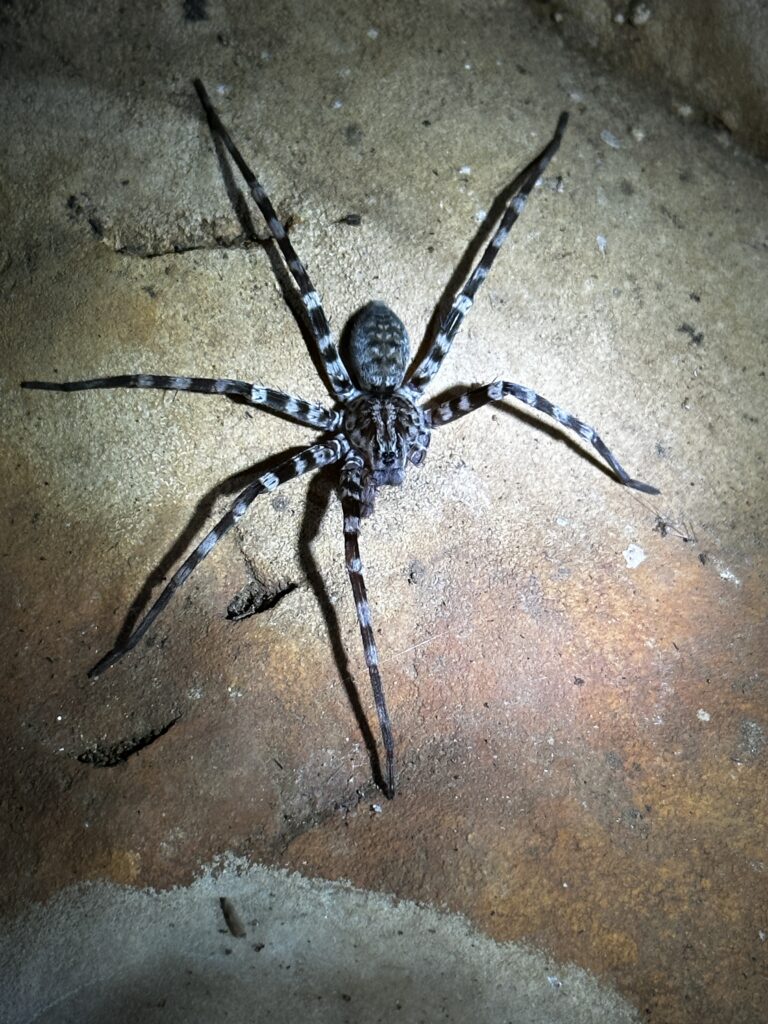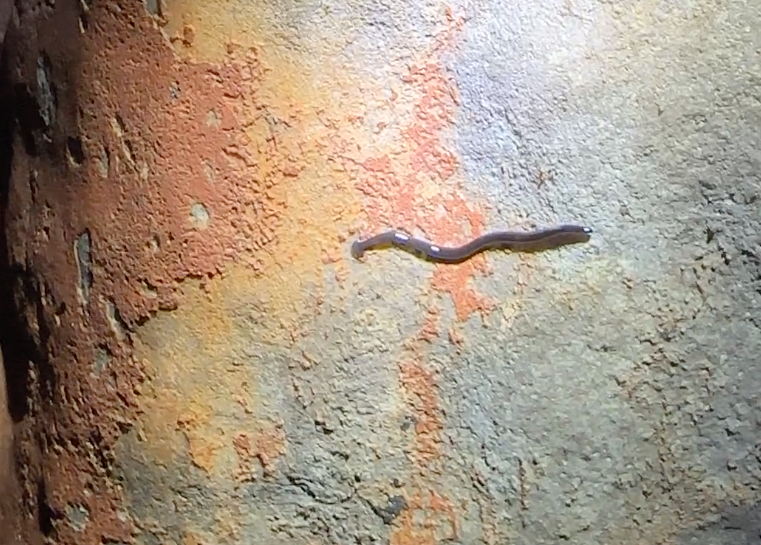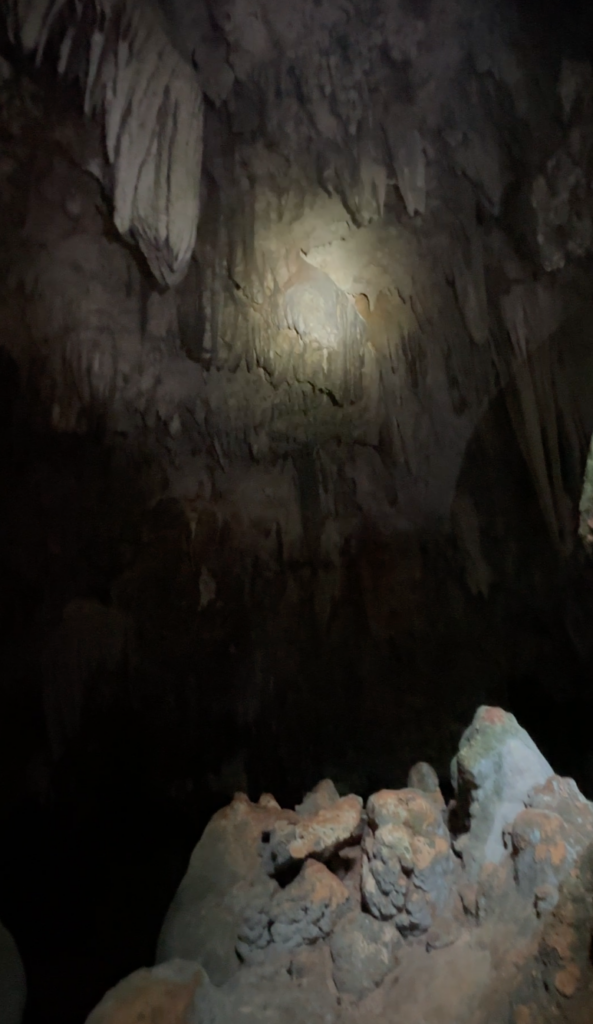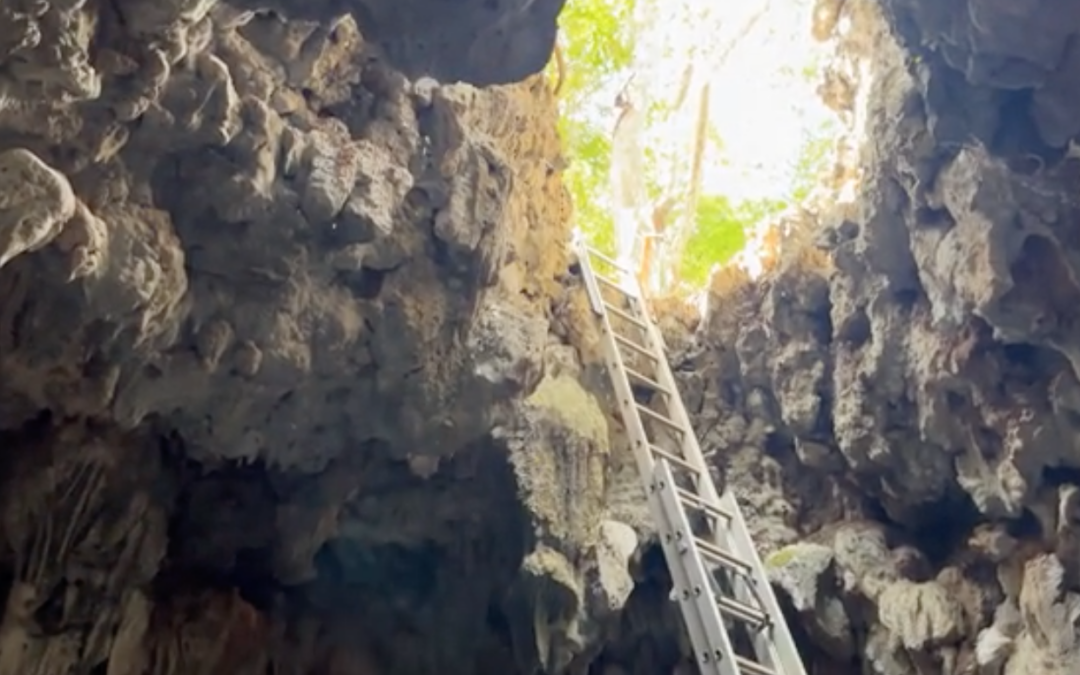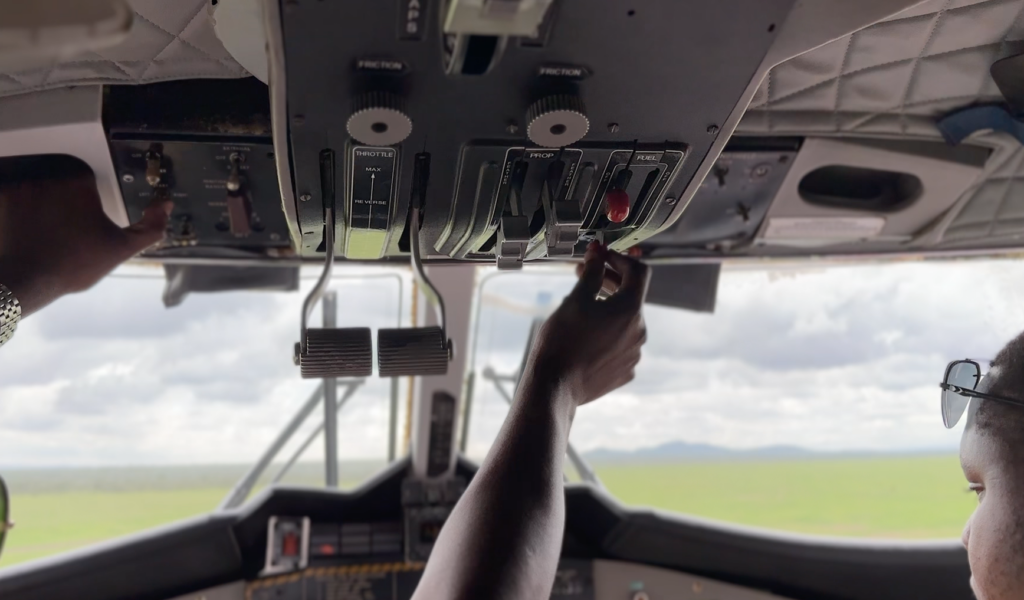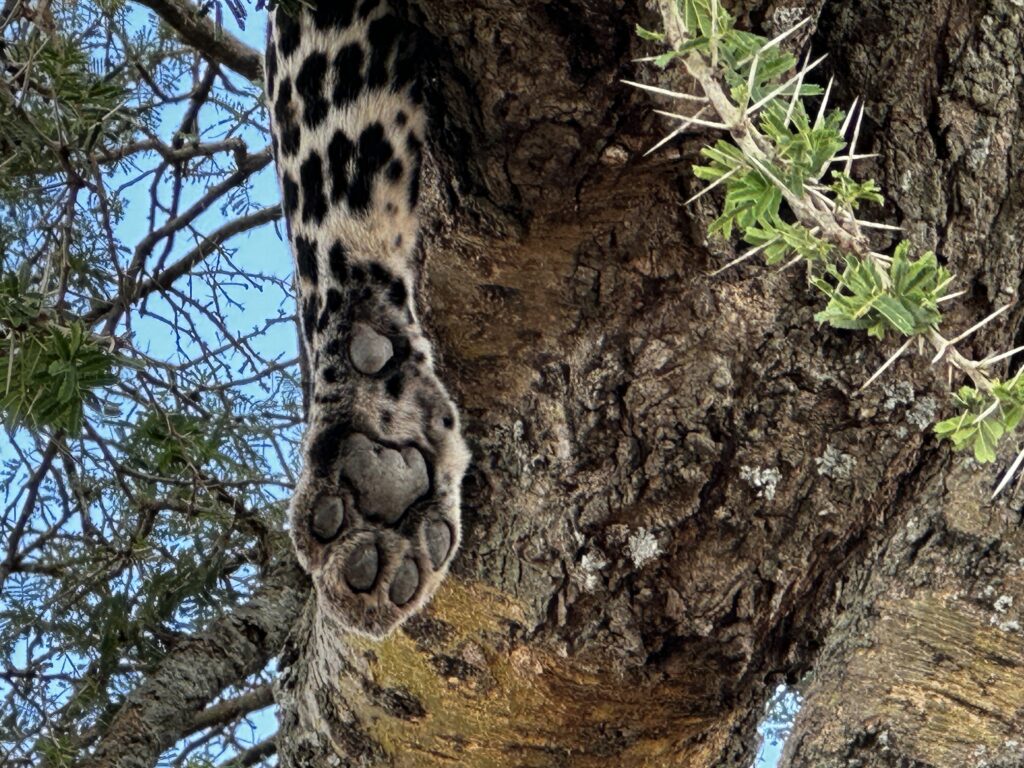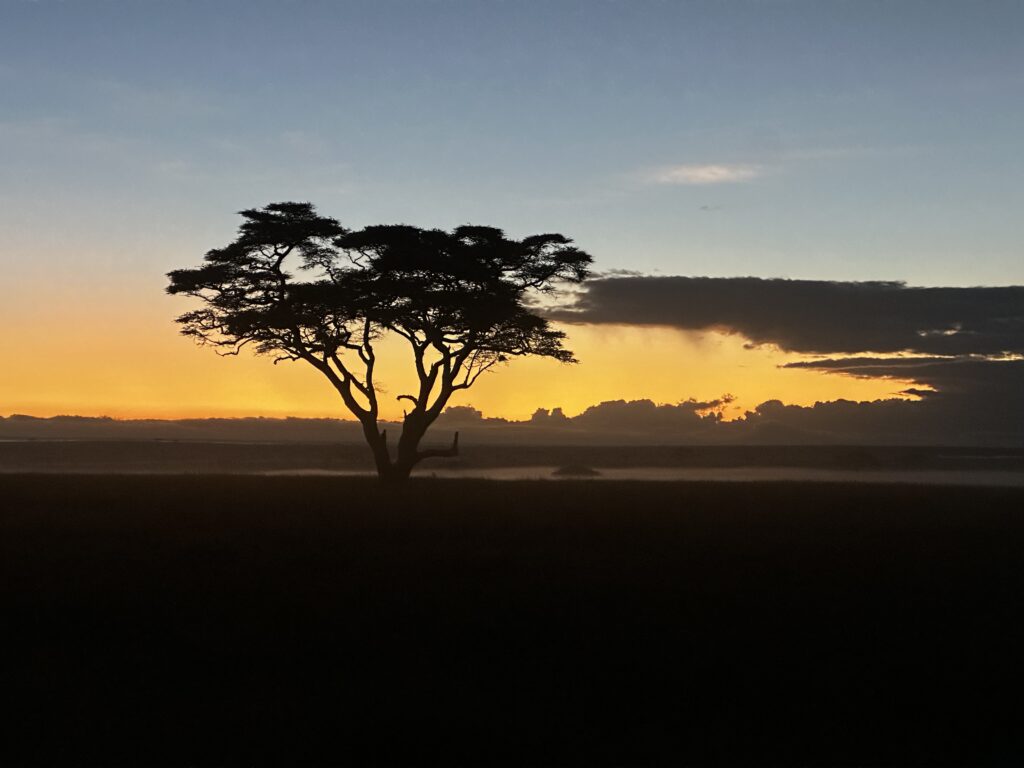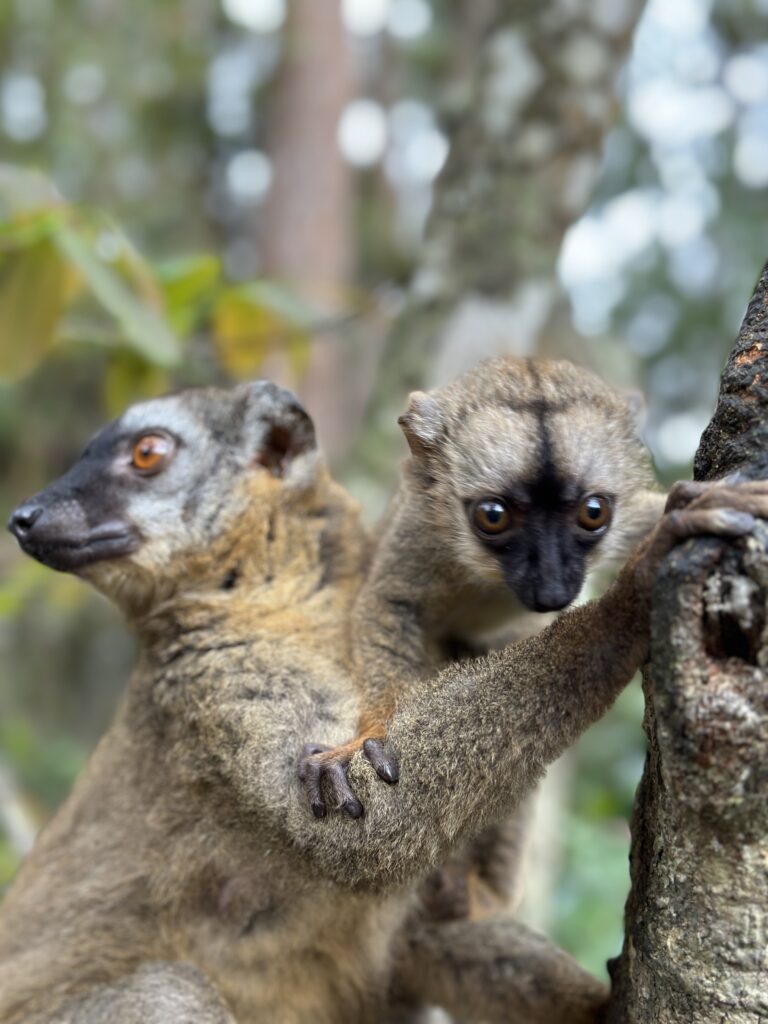About 30 minutes of walking into the scorching hot forest, we arrive at a hole in the ground. The temperature is what the locals would call “Mafana Be” which is Malagasy for REALLY HOT.
It doesn’t look like much, and there’s a 40 foot ladder peeking out of the top, and some questionable metal spikes for harness tie-offs. Apparently, about 5 years ago, there was a group touring the forest and they stumbled across it. There’s bones in there.
At first, they freaked out and called it an emergency, because the bones were big.. human-size big. However, the experts arrived over the first few months, did some light excavation and discovered the bones actually belong to an ancient line of giant lemurs. These lemurs were almost the size of small people. You can see how finding a human-sized femur might be alarming for a group of explorers that just happened to find a cave.
The cave was fascinating, not just because there was sparkling stalactites and stalagmites that were millions of years in the making, or ancient fossilized lemur bones, and plenty of creepy crawlies – but the floor was covered in ancient sea shells. Basically, we’re inside of a place that was once completed submerged. The snail shells are really cool, they resemble trumpets. It’s a unique fossil that you don’t expect to find in a cave.
Here’s the Lemur Bones
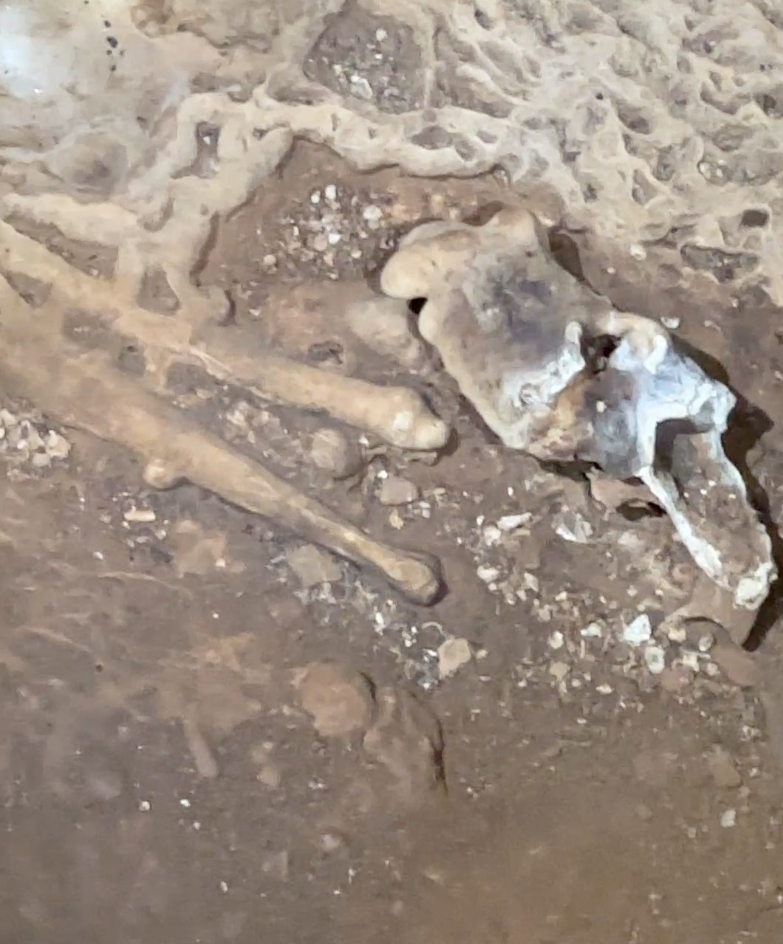
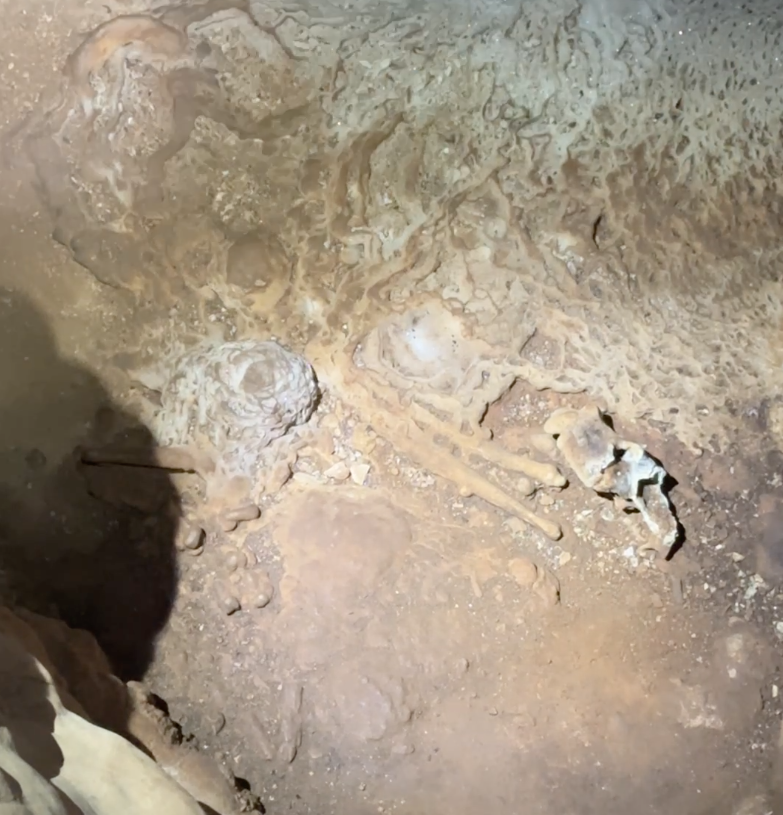
Here’s what parts of the ground look like- those are all ancient sea shells that are roughly 3 million years old.
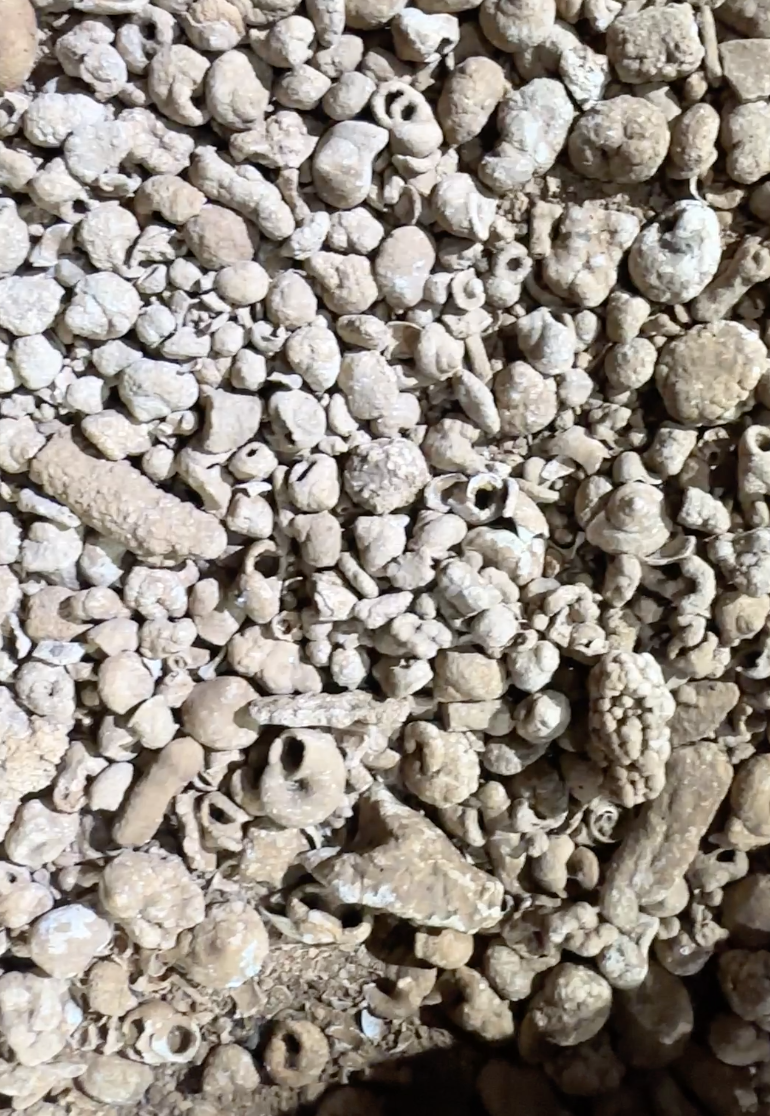
These are the trumpet-shaped shells
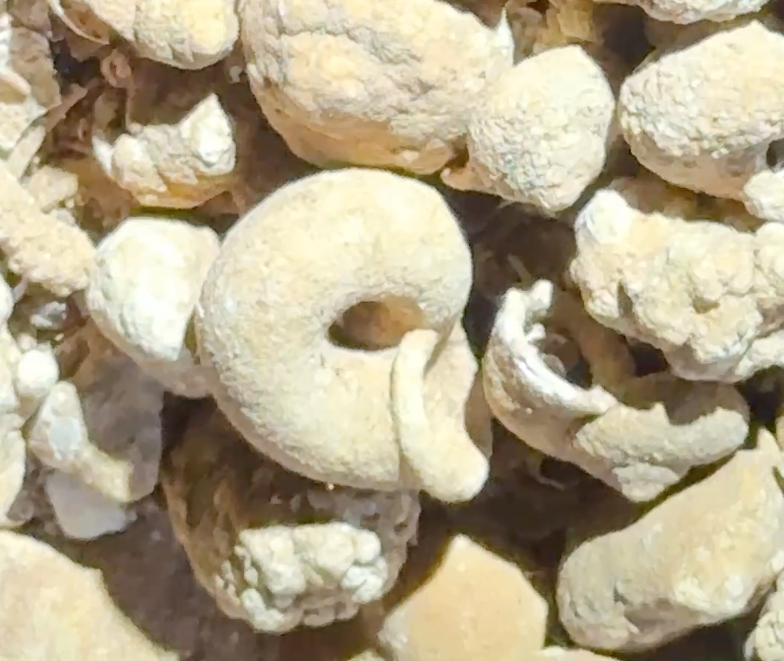
It’s difficult to explain the beauty of this cave. The images don’t give you the full beauty.
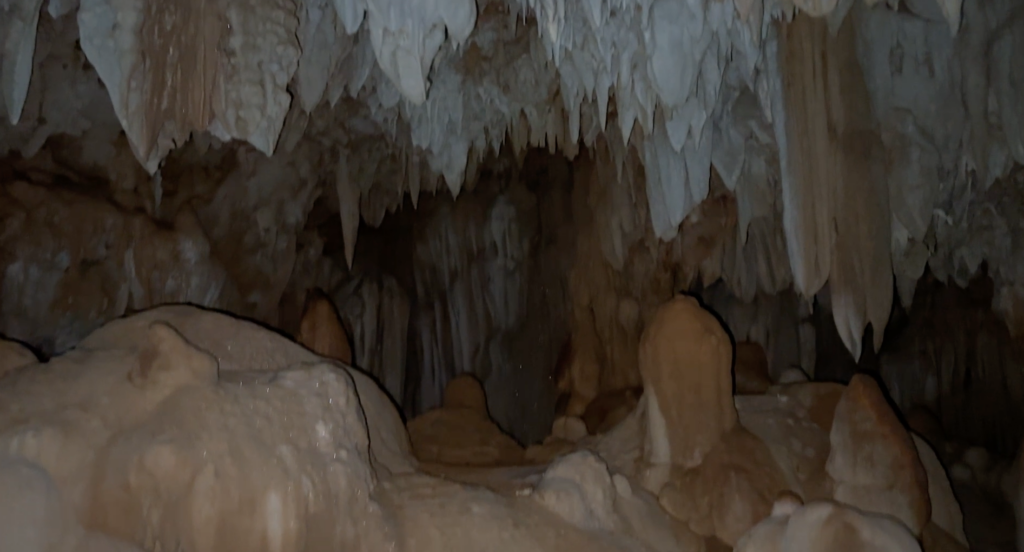
It’s literally sparkling and twinkling as you move through the cave
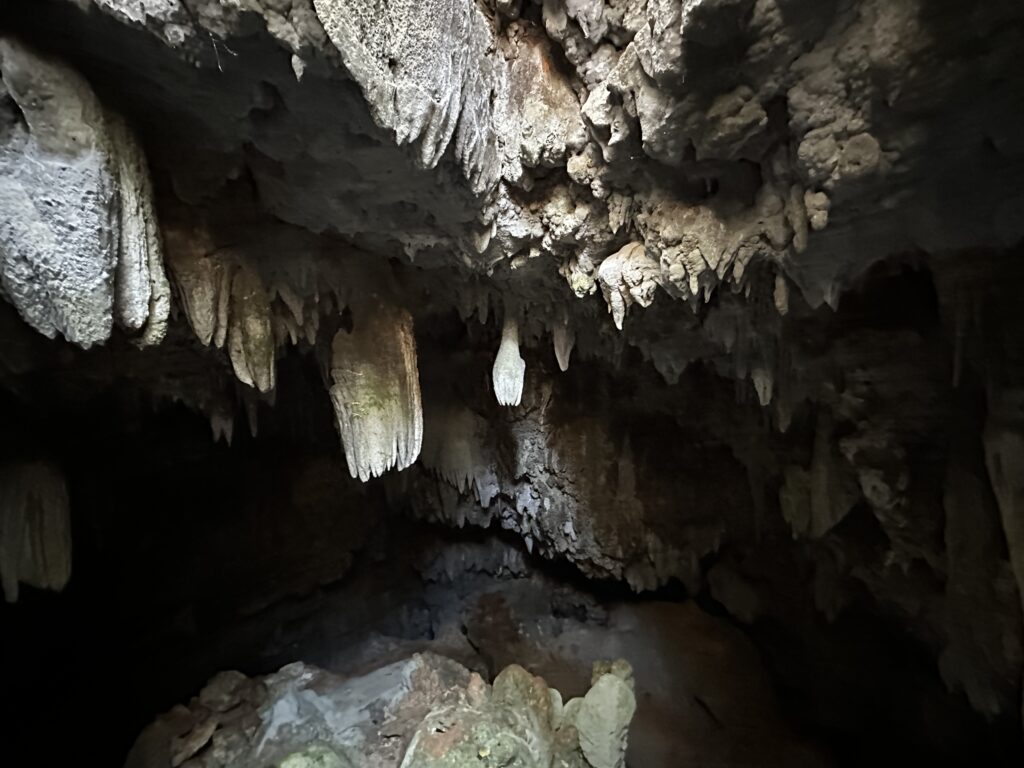
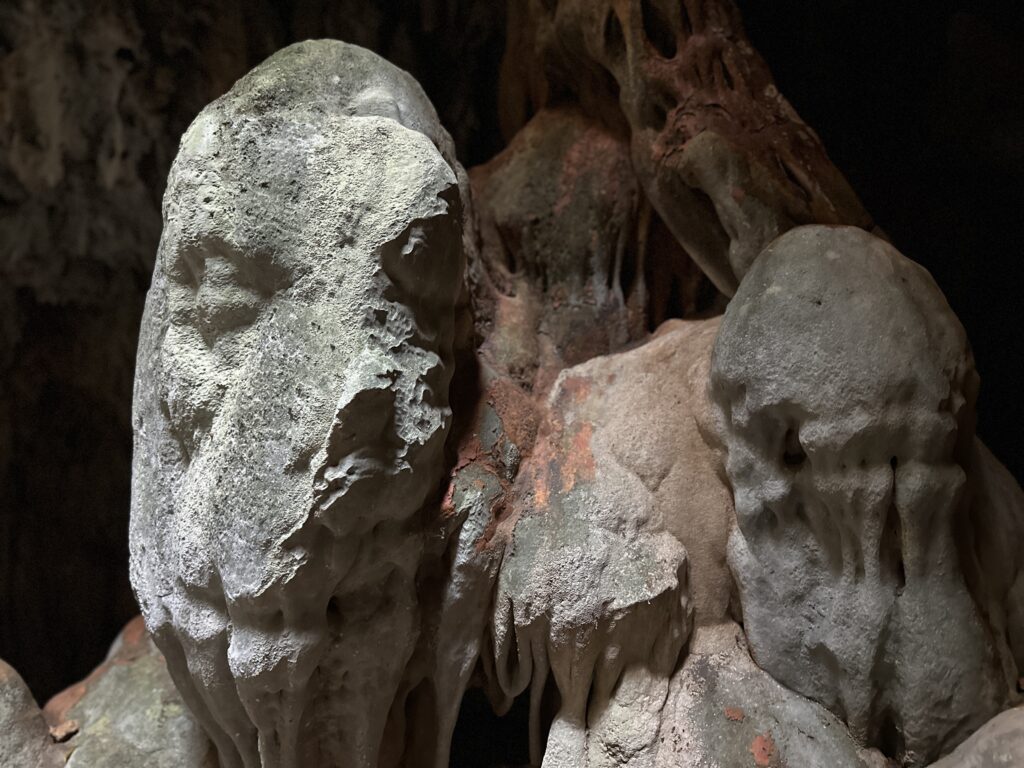
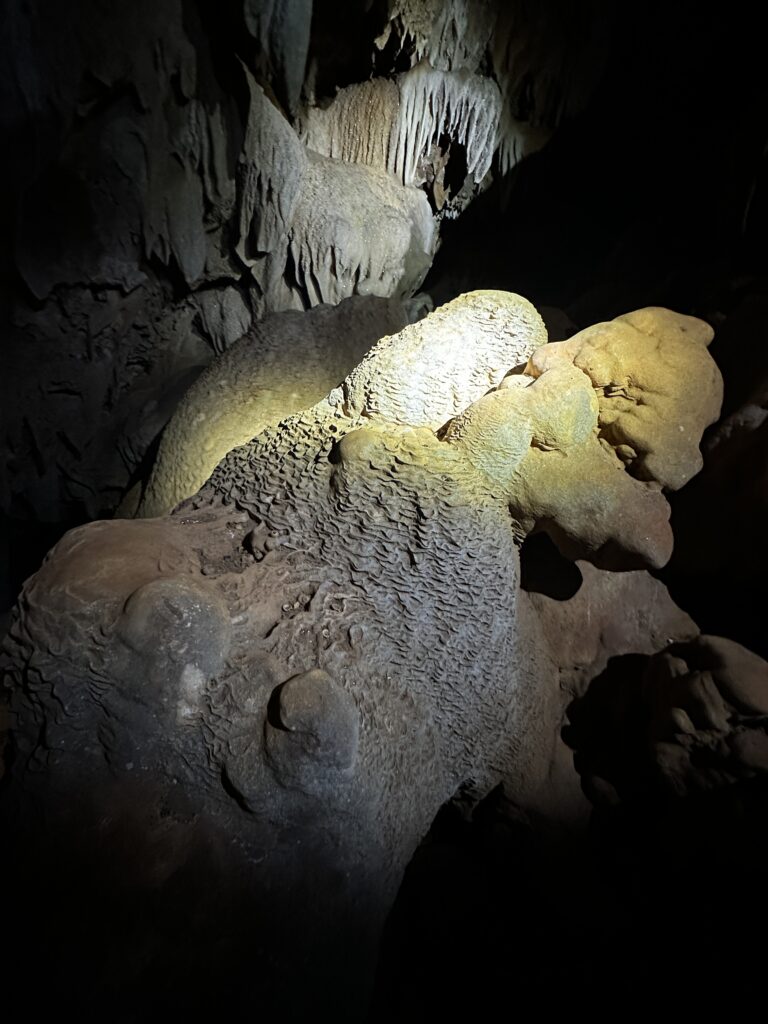
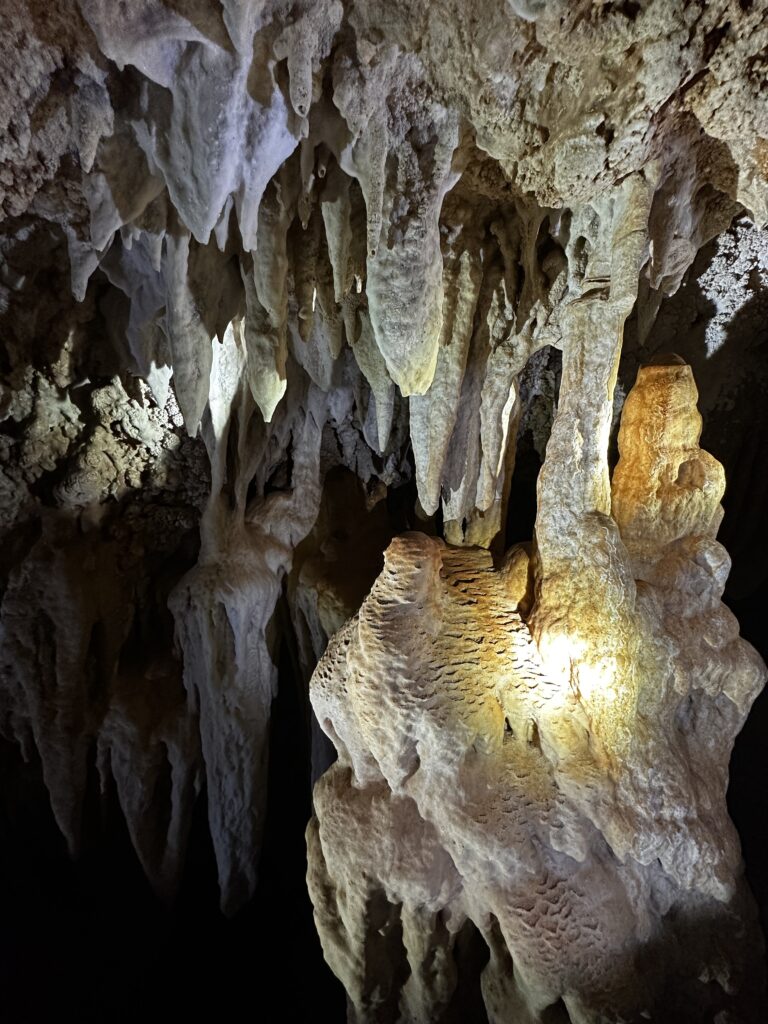
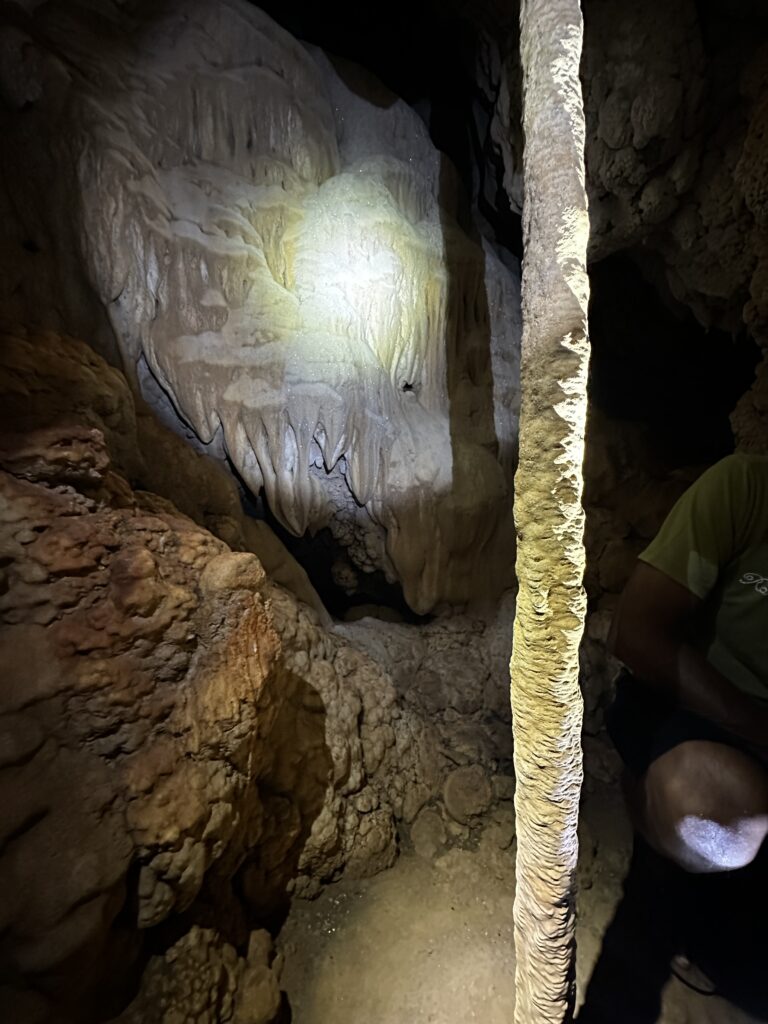

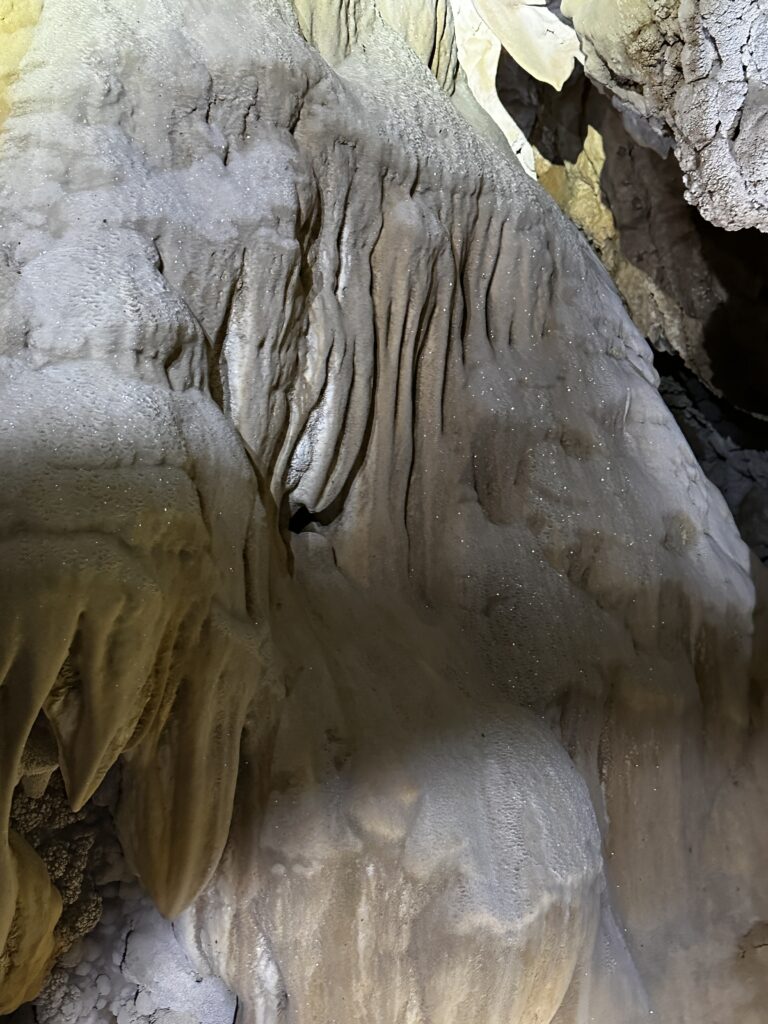
The cave is glowing with crystals and mineral deposits
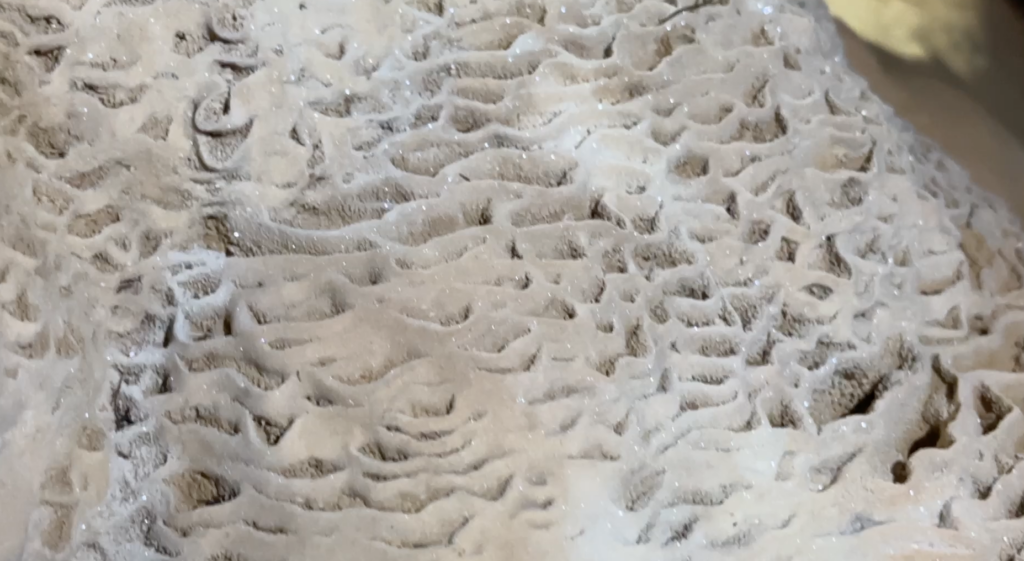
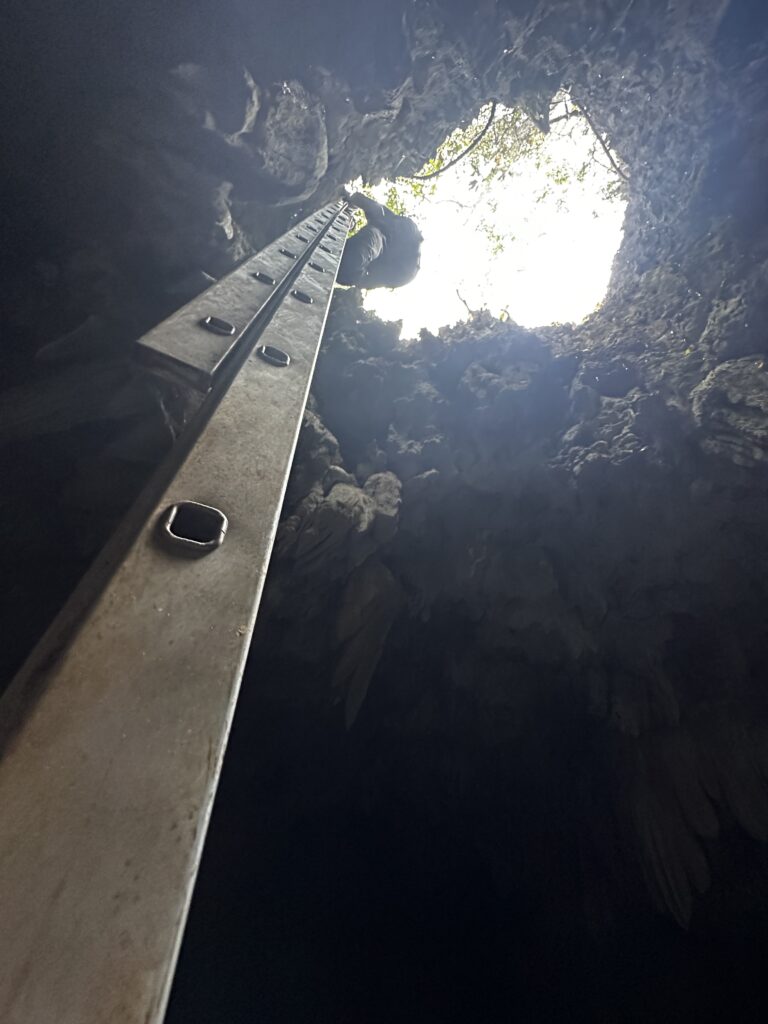
One of the interesting things with Madagascar is, that none of the species are really easy to identify. First of all, they’re all some sort of genetic variant, so you can use Google Lens all you want, but you just get the cousin of the thing you saw. Secondly, some of these things have not been discovered yet, let alone cataloged. Who knows, maybe I’ve found some new species. This looks like an arachnid variation of the Eusparassus walckenaeri.
